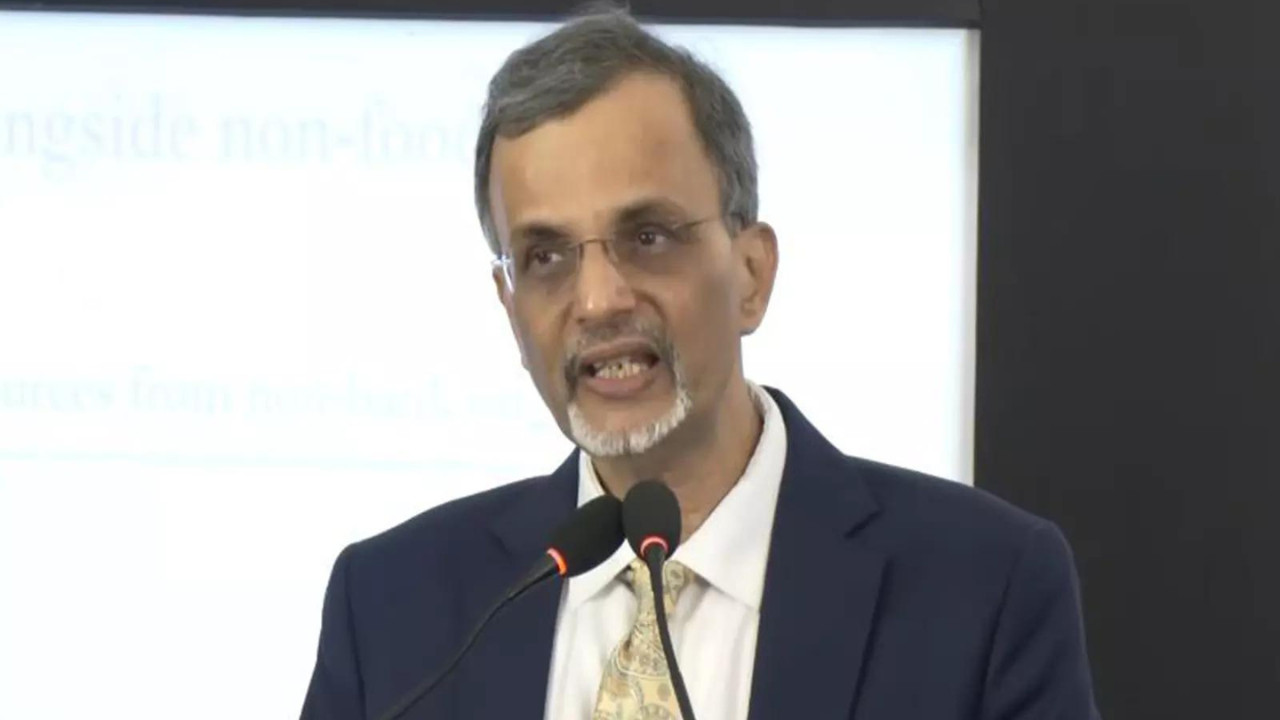The PMS industry is urging SEBI to lower the minimum investment threshold from ₹50 lakh to broaden investor access, especially after the introduction of Specialised Investment Funds (SIFs) with a lower ₹10 lakh requirement.
Democratizing Wealth: Should SEBI Lower the Investment Barrier to Portfolio Management Services?
For many, the world of high-end investing, with its promises of tailored strategies and potentially lucrative returns, feels like an exclusive club. Portfolio Management Services (PMS), a sophisticated investment avenue offering personalized portfolio management to wealthy individuals, have traditionally been firmly behind a velvet rope, requiring a hefty minimum investment. But whispers of change are swirling, raising a critical question: should SEBI, the Securities and Exchange Board of India, lower the barrier to entry, potentially opening this exclusive club to a broader audience?
The current minimum investment threshold for PMS in India sits at a cool ₹50 lakh. That’s a significant sum, effectively locking out a substantial portion of the population who might otherwise benefit from professionally managed portfolios. The Portfolio Management industry is now actively advocating for a reduction, arguing that lowering this limit could unlock substantial growth and democratize access to sophisticated investment opportunities.

Imagine a scenario where investors with a more modest, but still substantial, investment capacity – say, ₹25 lakh or even lower – could access the expertise of seasoned portfolio managers. This would not only expand the potential client base for PMS providers but also offer a wider range of individuals the opportunity to diversify their investments and potentially achieve their financial goals more effectively.
The Case for Lowering the Investment Threshold
The argument for lowering the minimum investment isn’t just about expanding the market. It’s also about aligning with the evolving financial landscape. As India’s economy continues to grow and a larger segment of the population accumulates wealth, the demand for sophisticated investment solutions is also on the rise. Keeping the entry barrier artificially high risks excluding a significant portion of this emerging investor class.
Furthermore, proponents argue that lower thresholds could foster greater competition within the PMS industry, leading to innovation and potentially better performance for investors. With a larger pool of potential clients, PMS providers would be incentivized to offer a wider range of strategies and cater to diverse risk appetites.
Addressing the Concerns and Challenges
Of course, lowering the investment threshold isn’t without its potential challenges. Concerns have been raised about whether PMS providers can maintain the same level of personalized service and attention with a larger, more diverse client base. There are also questions about investor awareness and the need to ensure that individuals understand the risks involved in portfolio management before committing their funds.
To address these concerns, SEBI could implement measures such as stricter disclosure requirements, enhanced investor education programs, and tiered regulatory frameworks that differentiate between PMS providers catering to different investment levels. These safeguards would help to protect investors while still allowing a broader range of individuals to access the benefits of portfolio management.
Another major area of concern is the due diligence and KYC (Know Your Customer) compliance. With a larger number of clients, verifying the source of funds and ensuring compliance with anti-money laundering regulations could become more complex. Streamlining these processes and leveraging technology to enhance efficiency will be crucial.
The Road Ahead for Portfolio Management Services
The debate over lowering the minimum investment threshold for PMS highlights a fundamental tension between exclusivity and accessibility in the financial world. While maintaining a high bar can ensure a certain level of sophistication and personalized service, it also risks excluding a significant portion of the population from potentially valuable investment opportunities.
Finding the right balance is crucial. SEBI needs to carefully consider the potential benefits of democratizing access to PMS while also ensuring that investors are adequately protected and that the industry maintains its integrity. Perhaps a phased approach, with incremental reductions in the investment threshold and corresponding regulatory adjustments, could be the most prudent way forward. This would allow the industry to adapt to the changing landscape while minimizing potential risks.
For a deeper dive into wealth management strategies suitable for different investment goals, see our guide on [building a diversified investment portfolio](internal-link-to-portfolio-diversification-article).
A More Inclusive Future for Investing?
Ultimately, the decision rests with SEBI. But the discussion itself underscores a growing recognition that the benefits of sophisticated financial services shouldn’t be limited to a select few. By carefully considering the potential benefits and challenges, and by implementing appropriate safeguards, SEBI can help create a more inclusive and equitable investment landscape in India, empowering a wider range of individuals to achieve their financial aspirations through expertly managed portfolios. The opportunity to open up Portfolio Management Services to a new wave of investors is ripe with potential, but thoughtful calibration is key.







